The Bengal cat is a unique breed of cat. It has a very different look- such as highly contrasted and rich color coats just like marbles.
It is a cross-breed of domestic cats and Asian Leopard cats. But nowadays, the Bengal cats are only the cross of the Bengal to Bengal.
The Bengal cats look like baby leopards. You can’t make a difference in a short time. So, now we will know everything about the Bengal cat breed.
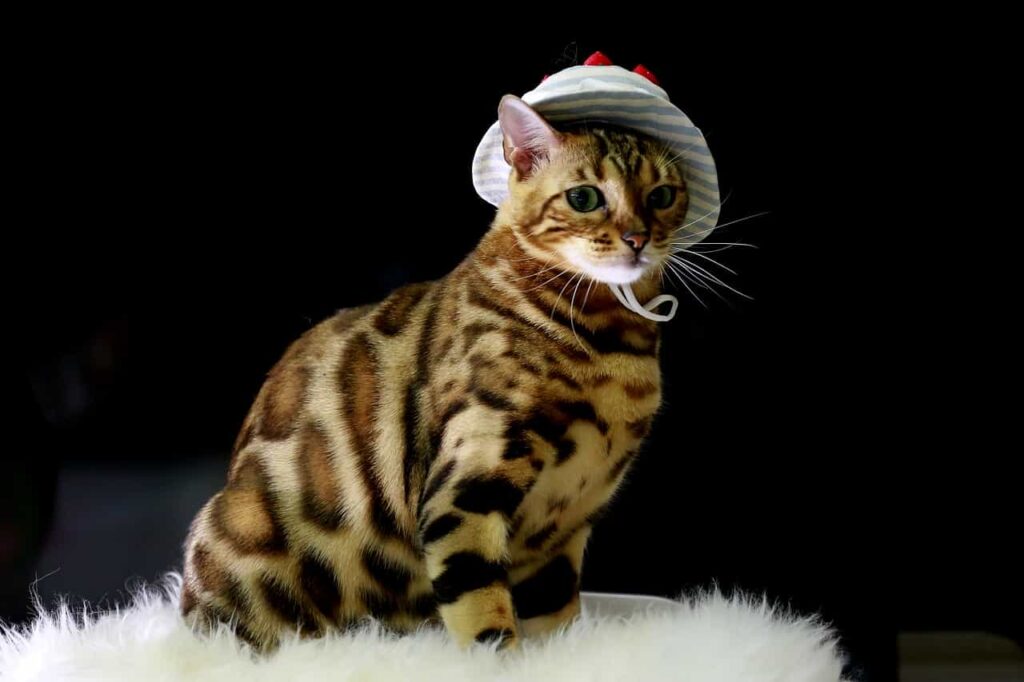
Jump to sections
Breed specialty of Bengal cat:
Personality: Very active, energetic, playful, affectionate, and also an expert predator.
Length: Not more than 18 inches. Males are a bit bigger than females.
Weight: Generally 12 Pounds but can be up to 20 Pounds.
Coat length: Both short and long.
patterns: Marbled and spotted.
Coat colors: The dominating colors are Brown, Silver, and Black with a variation of Tabby, Sepia, Sepia tabby, and lynx point.
Eye colors: Gold and Green.
Lifespan: 10 to 16 years.
Not hypoallergenic
Originated from the USA.
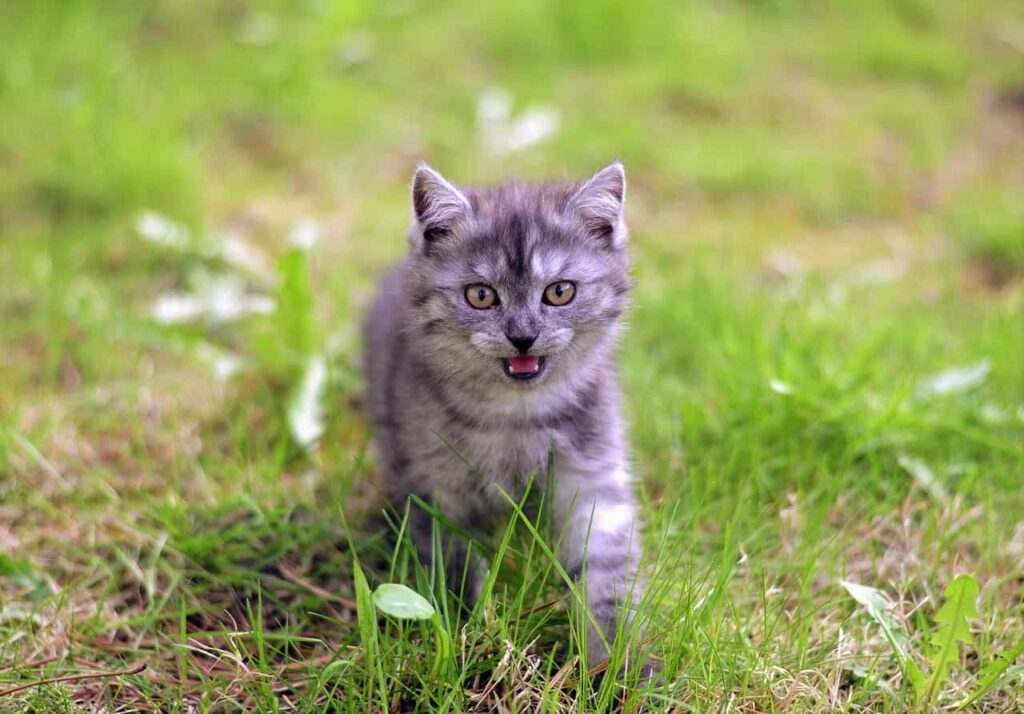

Origin of the Bengal cat breed:
Bengal cats are comparatively a new breed but not all Bengal cats can take part in the competition. The breed carries wild DNA developed by Jean Sudgen Mill.
In the decade of 1960s, Leopard cats are very common in the USA. These felines are very popular for their exotic looks in spite of being very shy and wild.
Leopard cats are spread in various countries. There are 38 species of felines and Leopard is one of them. So, Jean wanted a cat that was not a mainstream cat.
So, she went to the store and brought a Leopard cat. After some time, Jean noticed that her female Leopard is feeling lonely.
So, she got a male cat that can give company to the leopard. The two cates mated and gave birth to a kitten. Jean went to the veterinarian to help her take care of the female kitten.
The kitten mated with her father and had her own kittens. One of them was friendly and docile.
So, an idea sparkled in Jean’s mind why does not she create a new cat which will look wild but actually will be domestic? So, she started chasing her dream and had to take a break till 1980.
Though the Bengal cats became very popular all Cat Associations denied registering them as a pet. They needed time to realize that Bengal cats are much pretty as domestic cats.
However, not all Bengal Cats are domestic. They have to be at least 4 generations apart from the Leopard cat to ensure that they have a pleasant personality.
Recognition of Bengal cat
TICA experimentally recognized Bengal cats as pet cats in 1983 and gave full recognition in 1993. The breed achieved recognition from Cat Fanciers Association in 2016.
They are also registered by the American Cat Fanciers Association, the Canadian Cat Association, The United Feline Organization, and the Governing Council of the Cat Fancy.
Appearance Of Bengal Cat :
The Bengal cats are gifted with a silky and luxurious coat from nature. The coats are incredibly soft-touched. They are medium-sized and weigh up to 20 Pounds ( Normally 12 Pounds).
The furs are stroked in any direction. The background color varies from light yellow to rust and it has spots ranging from Black to a reddish tone.
The gorgeous spots are called rosettes. The marking is made from all shades from Brown to Black. Bengal cats are also can be marbled but they are very rare. Marbled Bengals have some rosettes on their coats.
There are also Snow Bengal and Silver Bengals as a new and rare coloration. Some Bengals have an inherited particular Gene that their Coats Glitter in the Sun like a warm frost.
They have wild visions like their ancestors with Gold and Green eyes. Their tails and ears are thin and long, and whisker pads, abdomen, nose, and legs are perfect as they’re supposed to be.
Traits of Bengal cat
Body: Medium-sized and muscular body. The sleek backside is slightly higher than the shoulder.
Head: A broad head with a wedge shape. A slim cheekbone looks very beautiful with a whisker pad. Male cats have jowls at their adult age. The head is small according to the body size.
Eyes: Two oval-shaped big eyes are situated like the leopard’s eyes. Very interesting eyes are either Blue or according to the color of the coats.
Ears: The ears are as usual wide from the base, pointed, and matched with the head size. Round tips and white-colored inside.
Coats: Coats is just like silk. Can be both short and long. Glitters in the Sunlight.
Legs and paws: Legs are medium-sized. The front legs are straight and the back legs are a bit bent and larger than the front legs. The strong and muscular legs remember a predator vibe.
Tail: The tail is slim and medium-sized proportionate to the body. The end is tapered and the tip is rounded.
Colors: The Bengals come in a variety of colors and patterns. But the main colors are Black and Yellowish Gold. There are rosettes, marble designs, and sports available all over the body just like the Leopards.
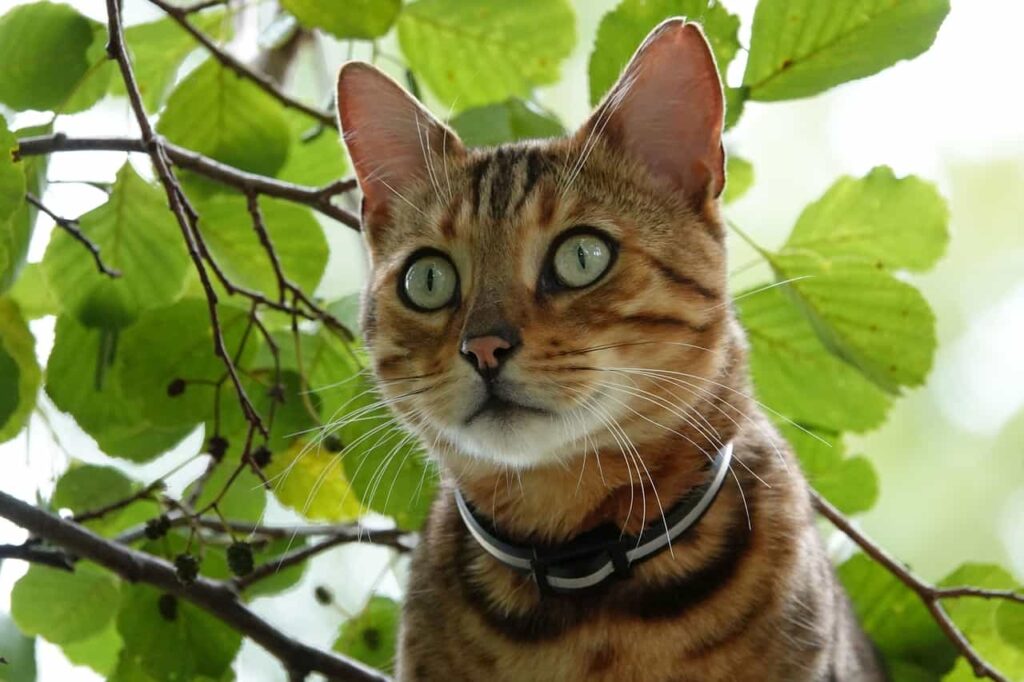

Temperament and nature Of Bengal Cat:
Don’t get fooled by their wild look. The Bengal cats are very sweet and household cats. Suitable for the house. They are deeply affectionate with their family.
They love the company of their family but not always cuddling. They’re found in all activities of their family. They love to play with water and some of them like to take a shower or bath with their owners.
Intelligence | High |
Playfulness | High |
Friendliness | Medium |
Kids friendliness | High |
Other animal friendliness | High |
Affection level | High |
Energy, activity, and predator tendency | Very High |
Vocalizing habit | High when they get bored or ignored by you or want something. Usually, they make a sweet meow but also howl. |
Wildness like their ancestors | No but when they get angry then they may get violent. So, keep alert that they can’t get angry. Especially, if you have children at home. But they get mischievous when getting bored. They scratch anything when getting bored. |
Exercise needs | a High |
Amount of shedding | Medium |
Caring and Grooming Tips for Bengal Cat :
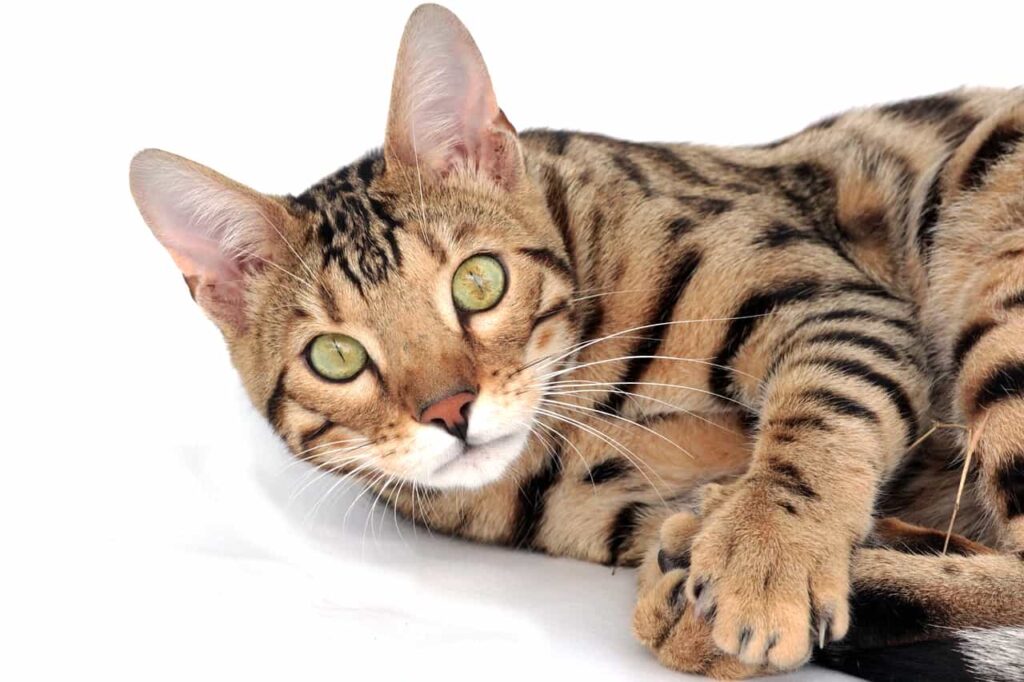

You don’t need to take any extra steps to take care of your Bengal friend. Look after them like other kitties.
Their shading amount is medium, So, brushing once a week is more than enough.
As they are highly energetic, playful, and predator-breed, You must keep a cat tree in your house. If you live in a quiet and safe area then let them go outside daily for a little time.
You must play with them for at least half an hour daily and leave everything while the playing time is going on. If you can’t do this then keep another cat to give the company the Bengal but don’t leave it alone with a hunting dog.
Heath and problems of Bengal Cat:
Like other breeds, Bengal cats have some health problems:
Arthritis: As they’re highly playful and energetic so, they may have joint problems in their old age.
Hypertrophic Cardiomyopathy: One kind of heart disease that weakens the heart walls and causes paralysis.
Distal Neuropathy: Weakens the nervous system and makes weak the animal.
Flat-chested kitten Syndrome: Can be severe. One kind of deformity of the chest area.
Hip dysplasia: Can cause lameness.
Patellar Luxation: When the Knee caps got displaced, it is called patellar luxation. It is curable through surgery.
Progressive Retinal Atrophy: A very serious eye disease, causing even blindness.
So, take your pet to the veterinarian after every 6 months.
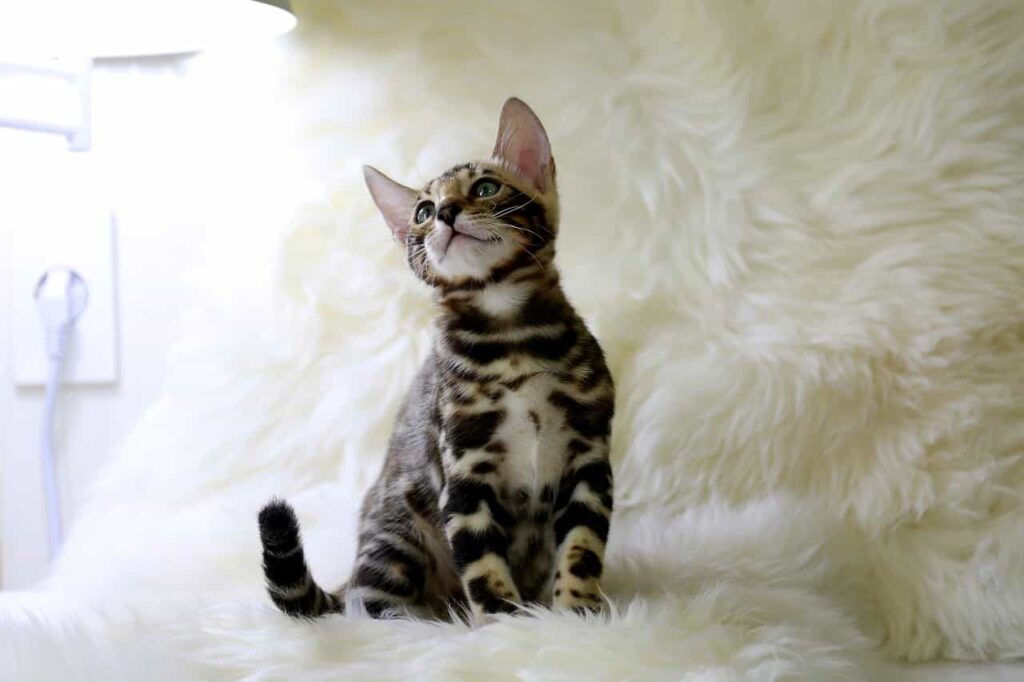

Food and nutritional Tips for Bengal Cat :
Their nutrition need is like other cats but they need more food than other cats as they’re a very energetic and playful breed. So, make sure that your Bengal gets food at least 3 times a day, enough protein, and 41 different types of nutrients.
Fun facts:
- Your Bengal cat can climb on anything. Challenge?? It also can open the door. So, keep locked your Almirah, Fridge, and main door of your house. They can even flush a toilet
- Some Bengals even love to swim.
- They engage in conversations with their owners.
- Bengal cat’s rosettes resemble Leopards, Jaguars, and Ocelots.
- Some Bengal cats’ features are called ‘glitter’ because of an iridescent sheen to each hair.
Breed Overview of Bengal Cat:
Bengal cats are the best playmates in your house with a wild look and domestic traits. They love to jump and play.
The water-lover Bengals love to swim and play with water.
Though the breed loves to spend some alone time they also want to spend time with their family. A very beautiful cat breed with silky, luxurious, and rosette coats. They are very good predators.
Living needs for Bengal Cat:
Bengals are very active and playful. They need enough rooms, toys, and tall cat trees to be healthy and happy. They can maintain their own weight. So, you don’t need to be worried about your Bengal’s weight management.
Cons of Bengal cats:
- If you have a Bengal cat and a fish aquarium and birds in your house together then those animals are in danger.
- They need a lot of attention. Otherwise, the Bengals get mischievous for the lack of attention.
- They suffer from eye-related problems and Feline Infectious Peritonitis (FIP).

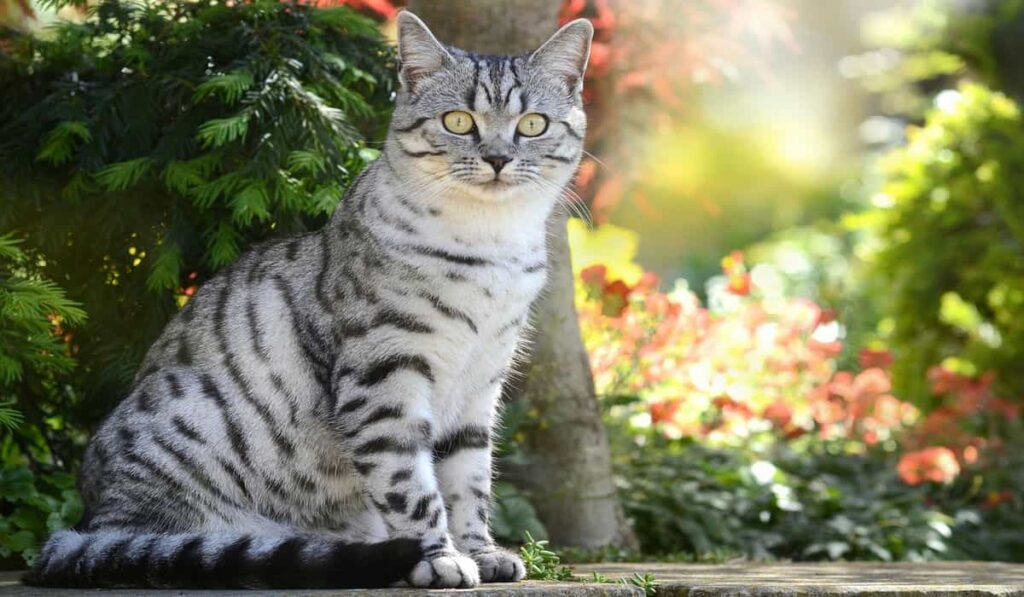
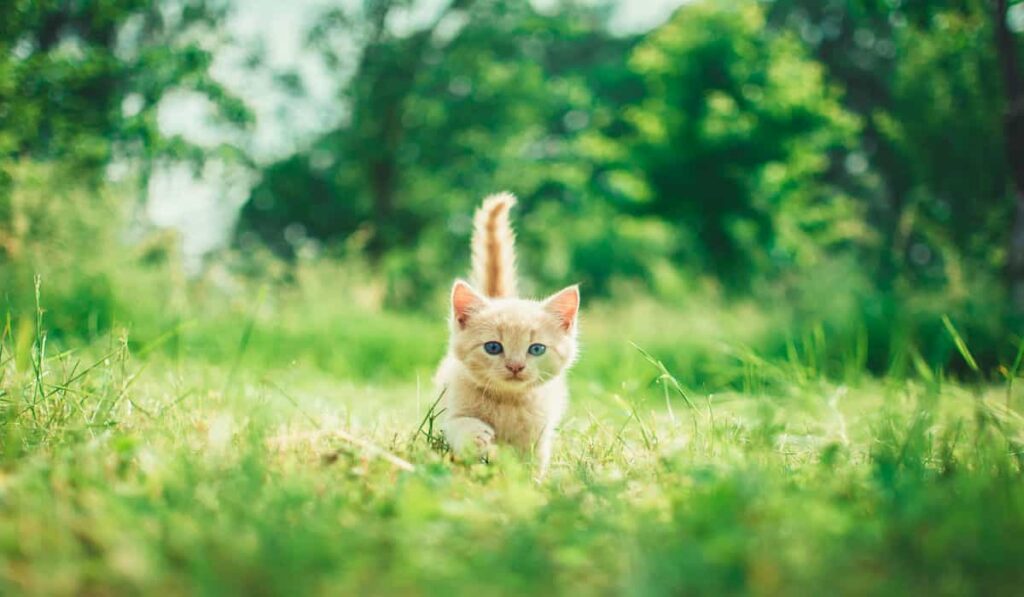
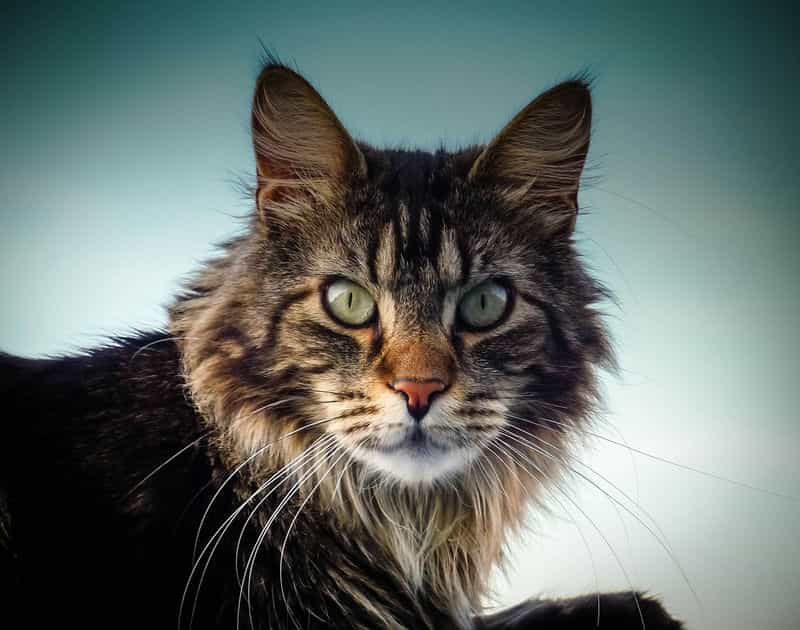
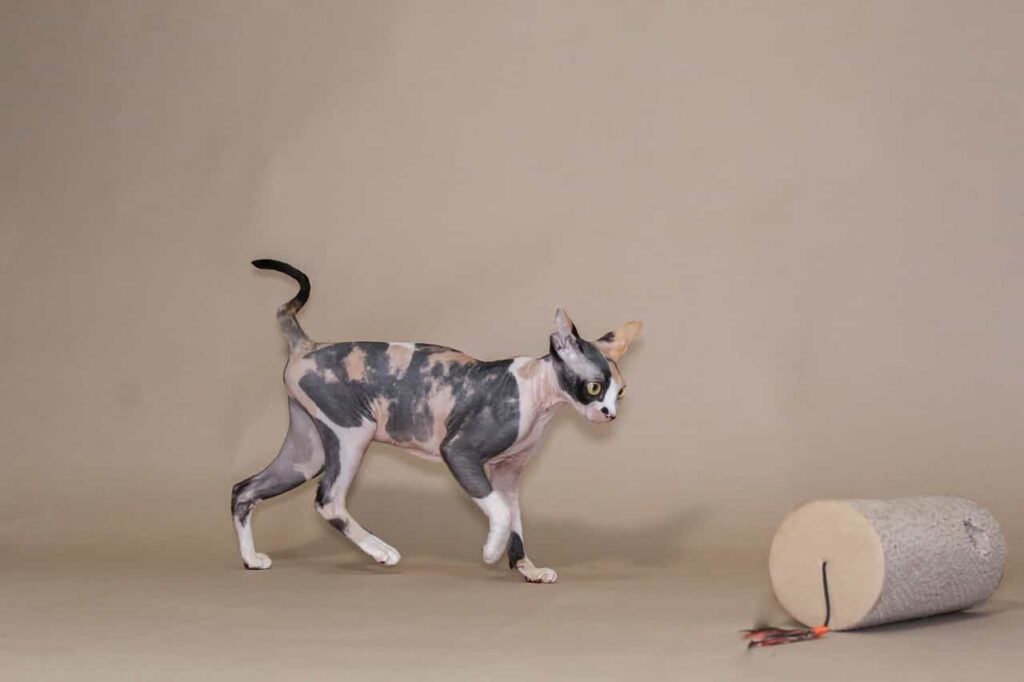
Pingback: What Makes Ginger Cats So Special? Find Out Here! - catplanning
Pingback: Siamese Cat breed information : what you need to know in 2023 - catplanning